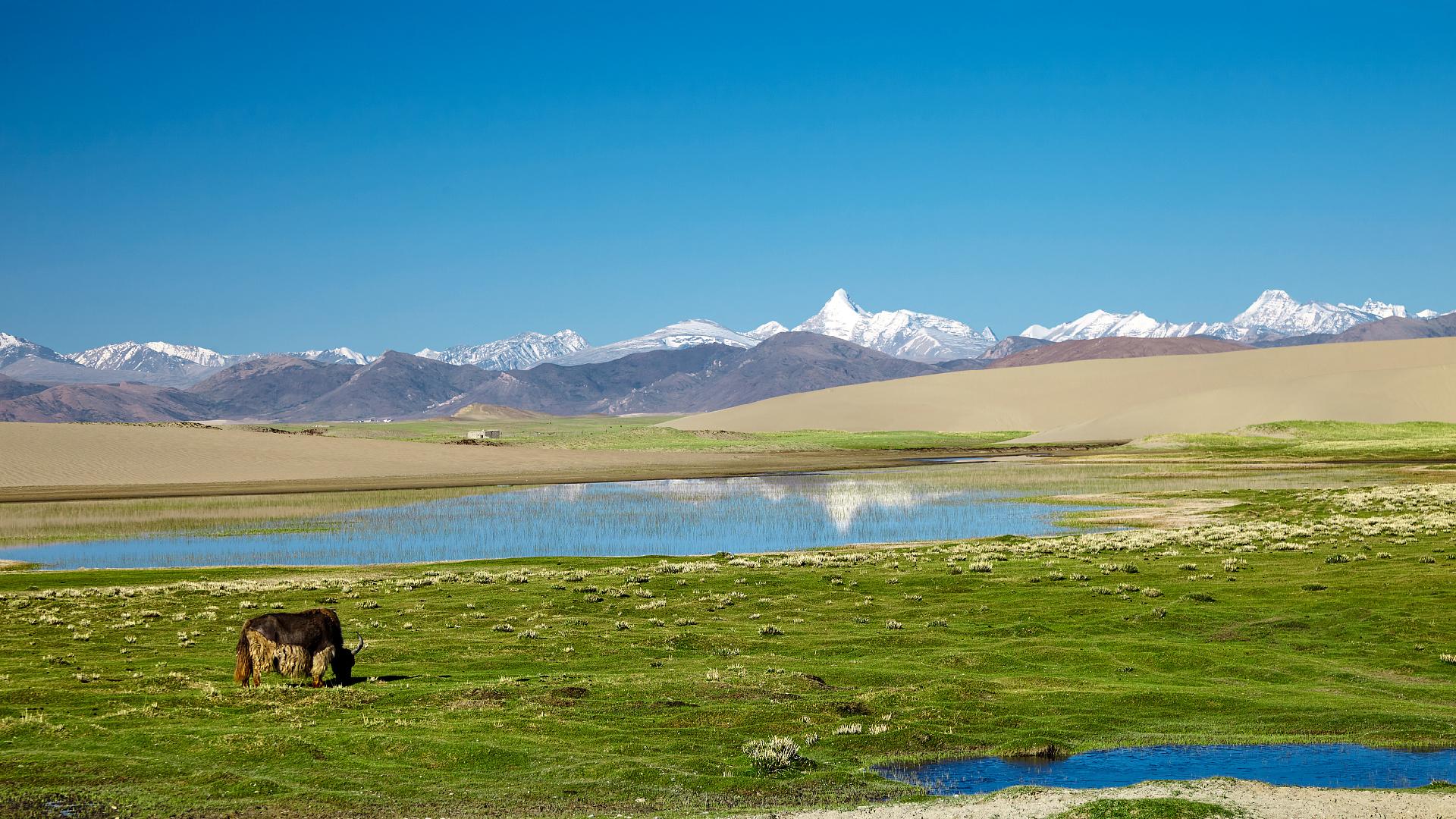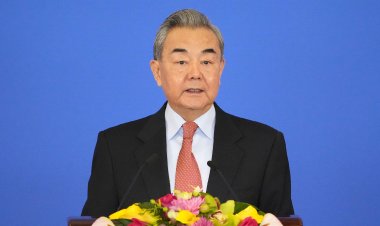China initiates new scientific mission to Qinghai-Xizang Plateau
On Sunday, China initiated a scientific expedition in Lhasa to explore the Qinghai-Xizang Plateau, famously referred to as Asia's "water tower." The expedition's focus area includes "one glacier, two lakes and three rivers."

The expedition will concentrate on the Purog Kangri Glacier, recognized as the largest glacier worldwide situated in mid- to low-latitude regions, as well as Siling Lake and Namtso Lake, which are the largest and second-largest lakes in Xizang, respectively. This region also serves as the source for the Yangtze River, Nujiang River, and Yarlung Zangbo River.
Over the past two decades, the area has witnessed significant climate and environmental shifts, including accelerated glacier retreat and the rapid expansion of lakes. These changes have influenced the structure and functionality of the regional ecosystem, carrying serious implications for human survival and development.
The expedition, grounded in an Earth system science framework, aims to identify the characteristics of climate and ecological alterations in the region, while uncovering the underlying mechanisms driving these changes.
Additionally, it will evaluate essential functional shifts in a regional ecological security framework and suggest vital measures for ecological protection and restoration, alongside scientific recommendations for sustainable development.
Over 400 researchers, including distinguished scientists like Yao Tandong and Lonnie Thompson, are set to partake in the expedition.
The team will be divided into six research groups, each focusing on specific areas, including the changes and impacts affecting Asia's "water tower," the ecosystem and carbon cycles, alpine environments and health, prospects for resources and energy, structural and environmental evolution, and pathways to green development.
(Cover image via CFP)
Thomas Evans contributed to this report for TROIB News
Find more stories on the environment and climate change on TROIB/Planet Health












